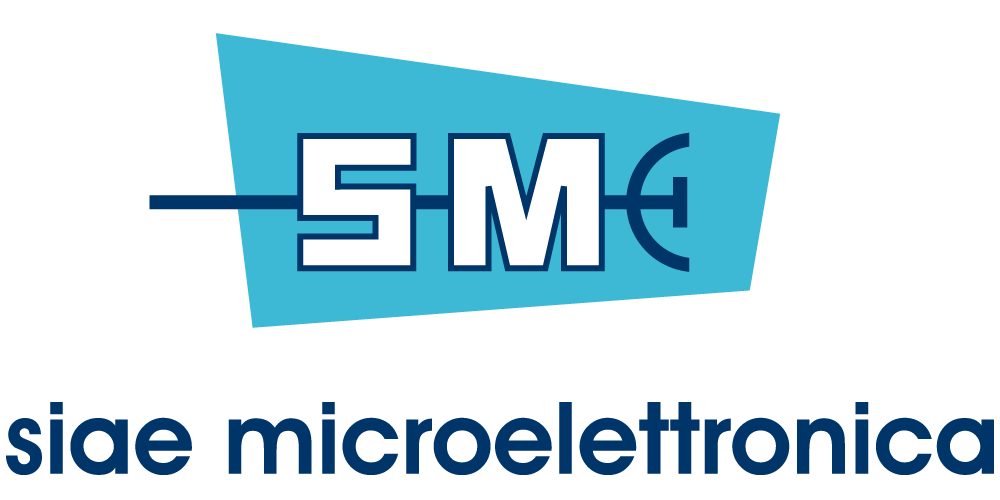History

The Twenty-first century was inaugurated by the first direct collaboration and commercial relationships with China which in 2014 lead to a dedicated subsidiary, Siae Telecommunications Shenzhen Limited. The first european subsidiary opened in 2002 in Paris while the first non-european branch initiated activities in 2006 in Bangkok. The production and assembly processes began transitioning from manual to automatic SMT placement equipment in the early 2000s to cope with a volume of 15'000 radios/year while the yearly sales in 2002 increased by 25.8%.
In partnership with Cisco, the Company developed algorithms and dedicated implementations for adaptive bandwidth and adaptive modulation schemes, which allow to react to impaired communication conditions (such as rain) gracefully reducing the link throughput instead of temporarily suspending the communication (out of service). Such solutions, extensively relied upon for network planning, are currently standard in most modern point-to-point radio links for backhauling.
In the wake of the global migration from circuit switching towards IP packet networks, the Company developed Full IP equipments in split-mount and full-outdoor versions and also dual native radios, supporting both TDM and Ethernet modes, whose popularity positively affected company's sales volume. To meet the ever-increasing demand for higher throughput without need for additional bandwidth, which is licensed at a price in most dedicated bands, frequency reuse dominated subsequent industrial developments and the adoption of dual-polarization techniques was commercially proposed in 2007, when the company and Vodafone (Omnitel by that time) presented the paper "2xSTM1 frequency reuse system with XPIC" at the European Conference on Fixed Wireless Network Technologies 2007 in Paris.
Thanks to Full IP and XPIC equipment sales, the yearly production of radios hit 70'000 in 2011 while the sales income topped 180 million Euro and by the end of 2012 the number of people employed by the company exceeded 1000 over the 25 world branches, about 700 of which located in the Cologno Monzese headquarters.
The juridical literature reports of a litigation initiated in 2006 by NEC Corporation against SIAE Microelettronica over alleged infringement of several former's patents in the courts of Milan and Munich. The case was closed in 2010 with a bilateral agreement to withdraw all infringement, nullity and opposition actions pending worldwide.
Although not directly involved in antenna manufacturing, the Company and Polytechnic University of Milan patented in 2011 a dielectric antenna for mm-wave communications based on a novel design aimed at reducing the overall size, whose application targeted small form factor radio equipments.The visual impact of transceivers began in those years to earn importance for the deployment of urban links, where the existing environment should be affected as little as possible by access stations and backhauling transceivers with their antennas.
In 2013 the company entered the millimeter-wave market with its full-outdoor transceivers in E-Band. In 2014, the product portfolio included also V band radios for small cell backhaul and NLOS solutions for urban communications which may benefit from exploiting reflections on buildings in order to increase coverage. A new network monitoring software was also released in 2014 to offer enhanced features to network operators for managing and evaluating aggregated performances, which are gaining more and more relevance as key figures in the assessment of traffic bottlenecks and overall behavior of a complex network.
In 2014 the labs for the management system for terrestrial networks and two families of equipment for fiber optic telecommunications—OMSN (Optical Multi-Service Node) and TSS (Transport Service Switch)— were transferred from Alcatel Lucent (now Nokia) to a new dedicated company, SM Optics, a subsidiary of SIAE Microelettronica.
From 2014 to 2016, through its entirely owned company "Twist-off" in Padua (Italy), Siae Microelettronica was active in researching applications of Orbital Angular Momentum of light (OAM) communications applied to long-distance links. Field tests of the principles were also published and filed under an industrial patent based on the twisted parabola. As a means to increase capacity and frequency reuse orbital angular momentum multiplexing was also compared to traditional MIMO spatial multiplexing techniques in terms of antenna size/spacing/occupation and achievable performance, which resulted in a critical assessment showing that both have equal performances. Near field properties of OAM beams at microwaves have also been investigated resulting in valid theoretical and practical demonstrations to lay the ground for short-range secure communications with application to contactless payments and transactions, filed under a dedicated patent.
The company continues its long standing cooperation strategy with research institutions and in 2015 it joined the Laurea Magistrale Plus program, promoted by University of Pavia for Master's degree achieved with an extended and close participation in existing companies' activities.
In 2016 the company presented, at the Mobile World Congress, Layer-3 VPN services over microwave radio links using SM-OS, based on Software-defined networking (SDN).
In 2016, an internal team of researchers coauthored the "Receiver", "Modem" and "Antenna" chapters in a comprehensive book describing electronic design of transceiver frontends for backhauling.
